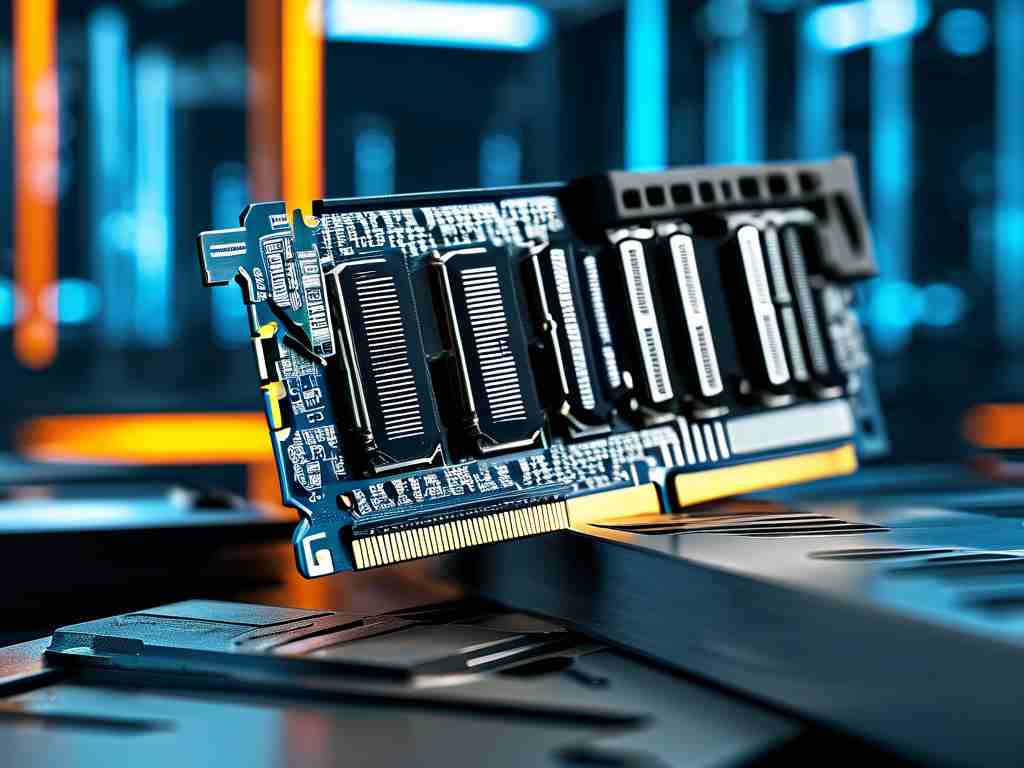The concept of PB-scale in-memory computing has gained significant attention in enterprise technology circles, particularly as organizations grapple with exponentially growing datasets. At its core, this approach refers to processing petabyte-sized datasets directly within high-speed random-access memory (RAM) rather than relying on traditional disk-based storage systems. Unlike conventional methods that shuffle data between storage drives and memory, PB-scale in-memory architectures keep entire datasets accessible for real-time analytics and instantaneous computations.

Modern implementations leverage distributed computing frameworks like Apache Spark or specialized databases such as SAP HANA. For instance, a financial institution might use this technology to analyze terabytes of transactional data across multiple servers simultaneously. By eliminating mechanical hard drive latency, queries that previously took hours can now complete in seconds. This paradigm shift enables applications ranging from fraud detection to genomic sequencing, where rapid data processing is mission-critical.
Three technical pillars support PB-scale in-memory systems:
- Cluster-based memory pooling across networked servers
- Advanced compression algorithms reducing memory footprint
- Fault-tolerant data replication mechanisms
A practical code snippet demonstrates basic in-memory processing using Python’s Dask library:
import dask.array as da # Create distributed array occupying 1PB virtual memory large_array = da.random.random((1000000, 1000000), chunks=(1000, 1000)) result = da.exp(large_array).mean().compute()
While the benefits are substantial, challenges persist. Memory volatility risks demand sophisticated snapshotting techniques – hybrid systems often combine persistent memory modules with traditional RAM. Cost remains another barrier, though declining memory prices and cloud-based pay-per-use models are making petabyte-scale deployments more accessible.
Industry benchmarks reveal compelling metrics. A 2023 study by Gartner showed organizations using PB in-memory systems achieved 23x faster decision-making cycles compared to disk-based alternatives. However, implementation requires careful planning around data partitioning strategies and memory-aware algorithm design to prevent bottlenecks.
Looking ahead, emerging technologies like CXL (Compute Express Link) interconnects and photonic memory architectures promise to push boundaries further. These innovations may eventually enable exabyte-scale in-memory processing while maintaining energy efficiency – a crucial consideration given current power consumption patterns in large data centers.
For enterprises evaluating this technology, key considerations include workload characteristics (real-time vs batch), existing infrastructure compatibility, and team expertise in distributed systems. Pilot projects often begin with specific high-value use cases before expanding to enterprise-wide deployments. As data generation accelerates across industries, PB-scale in-memory computing stands positioned to become a cornerstone of next-generation data infrastructure.









